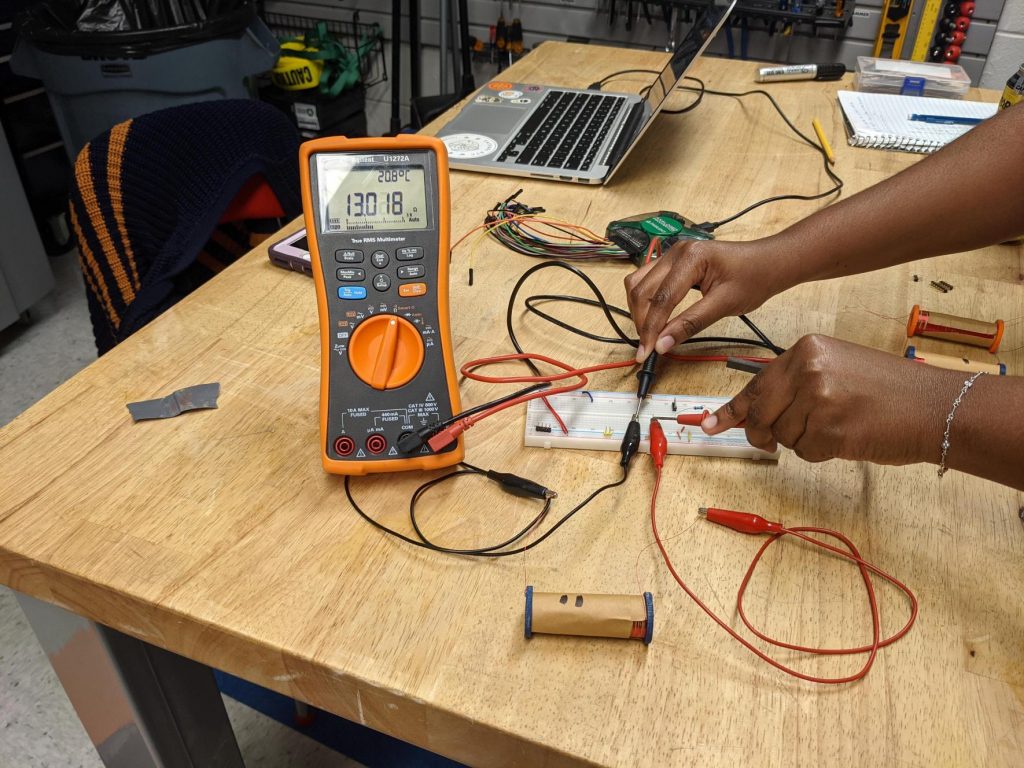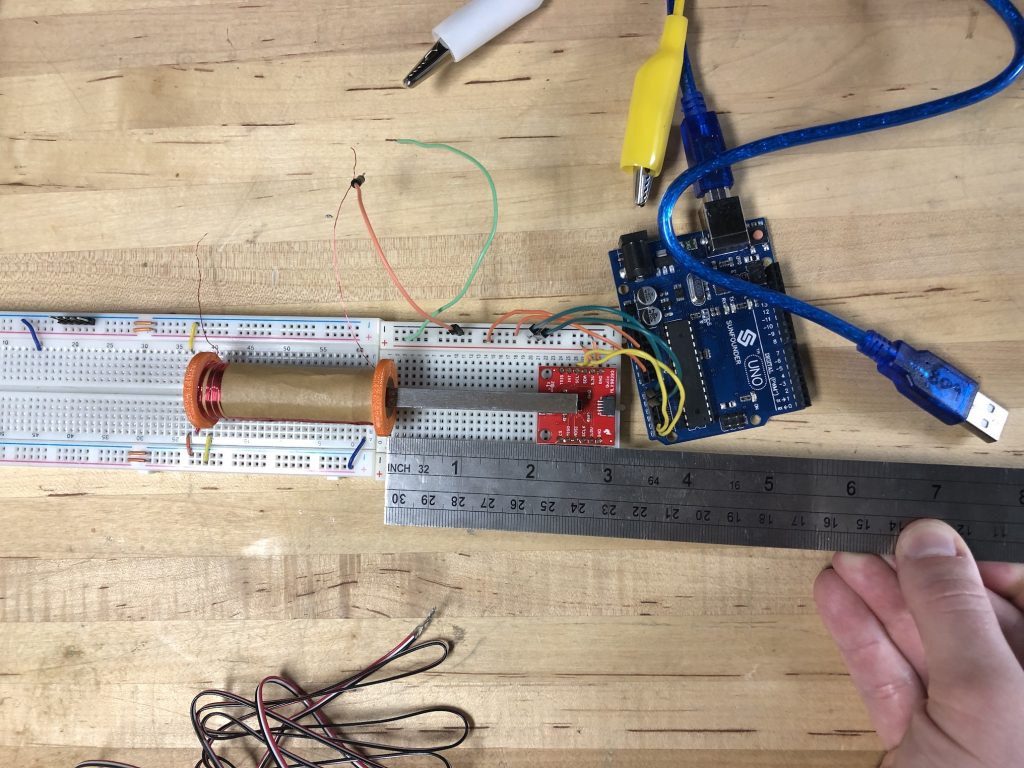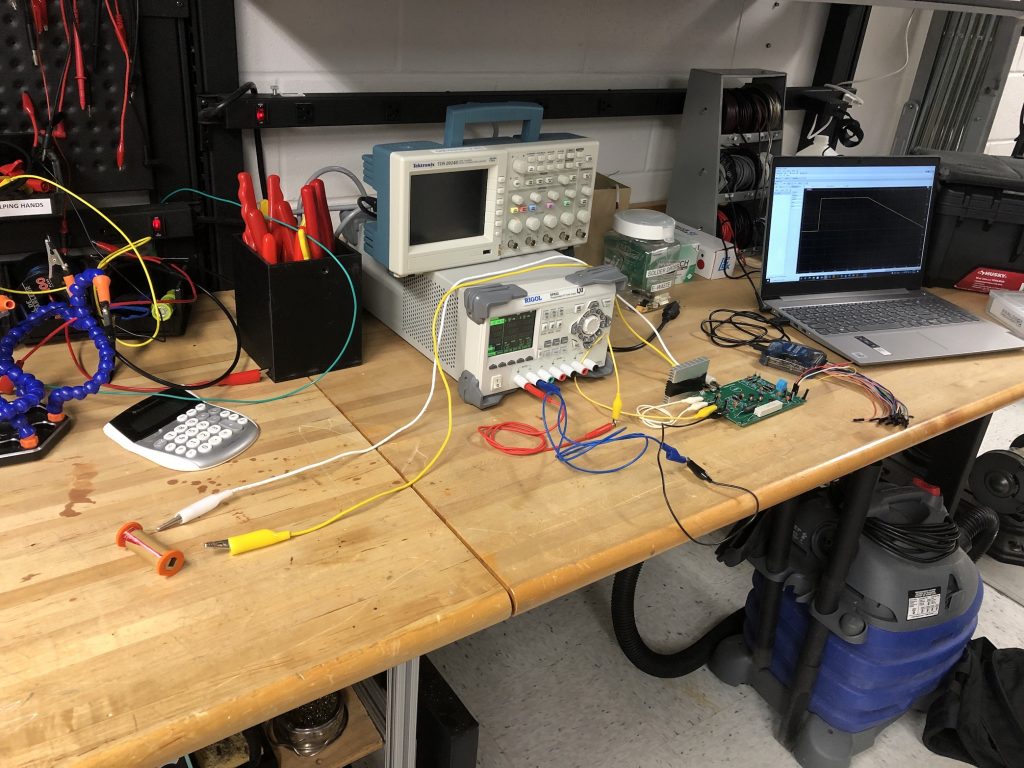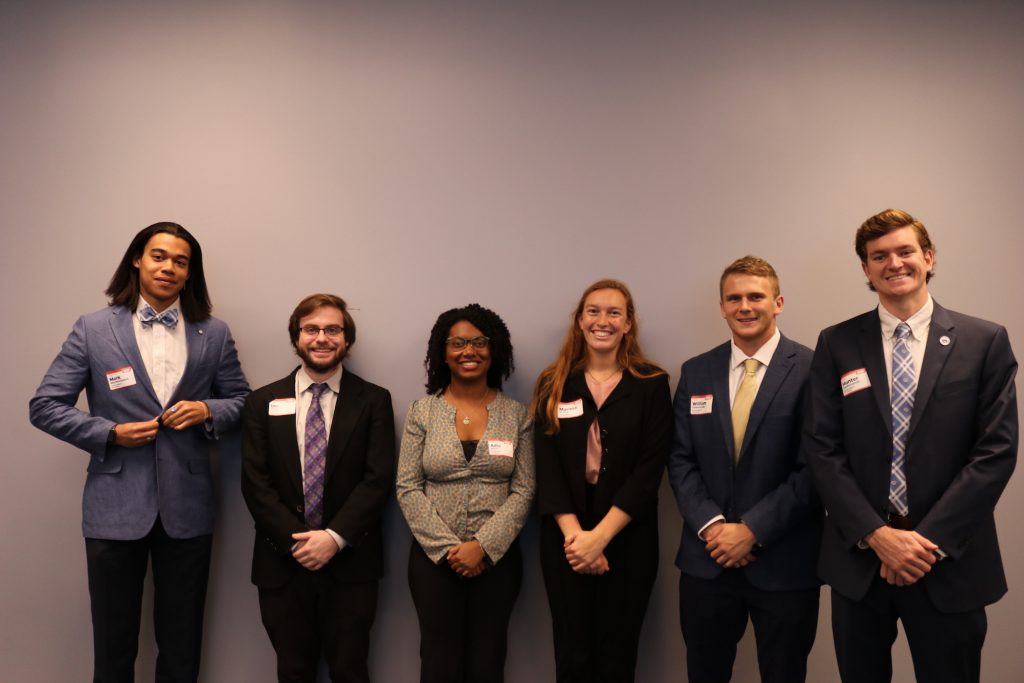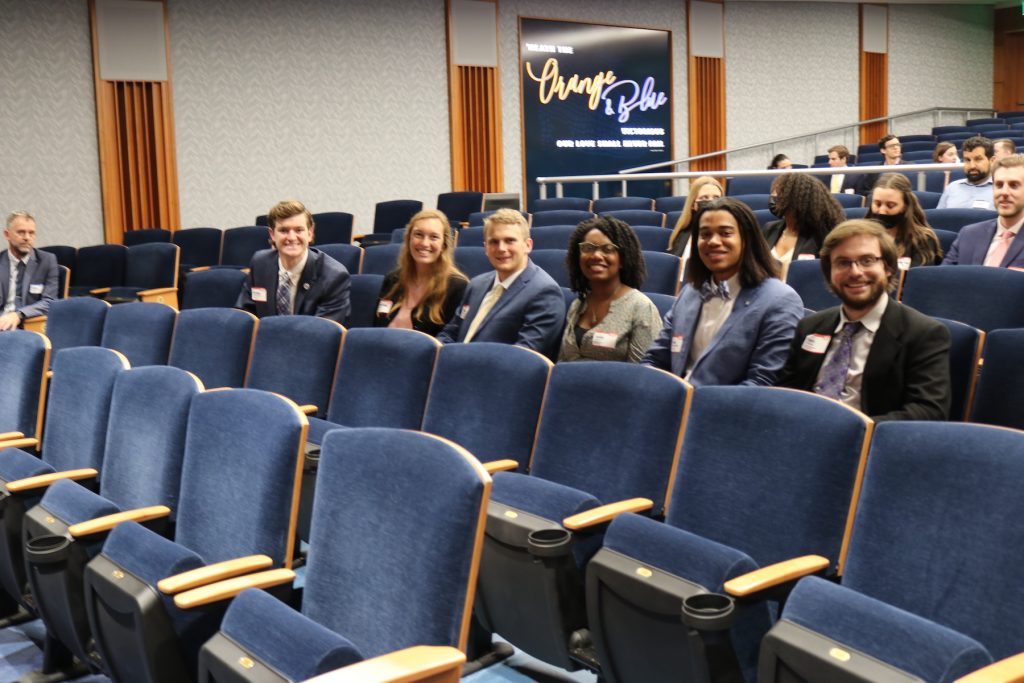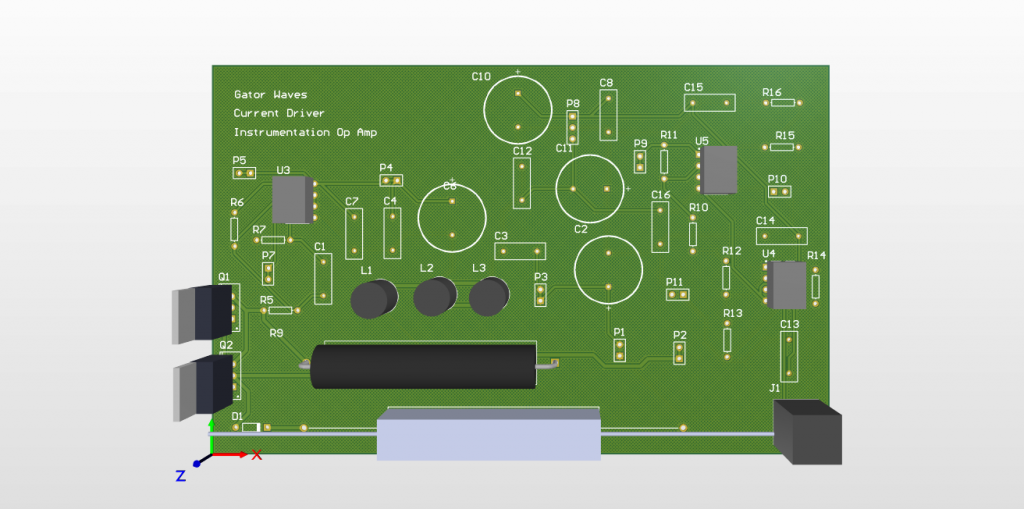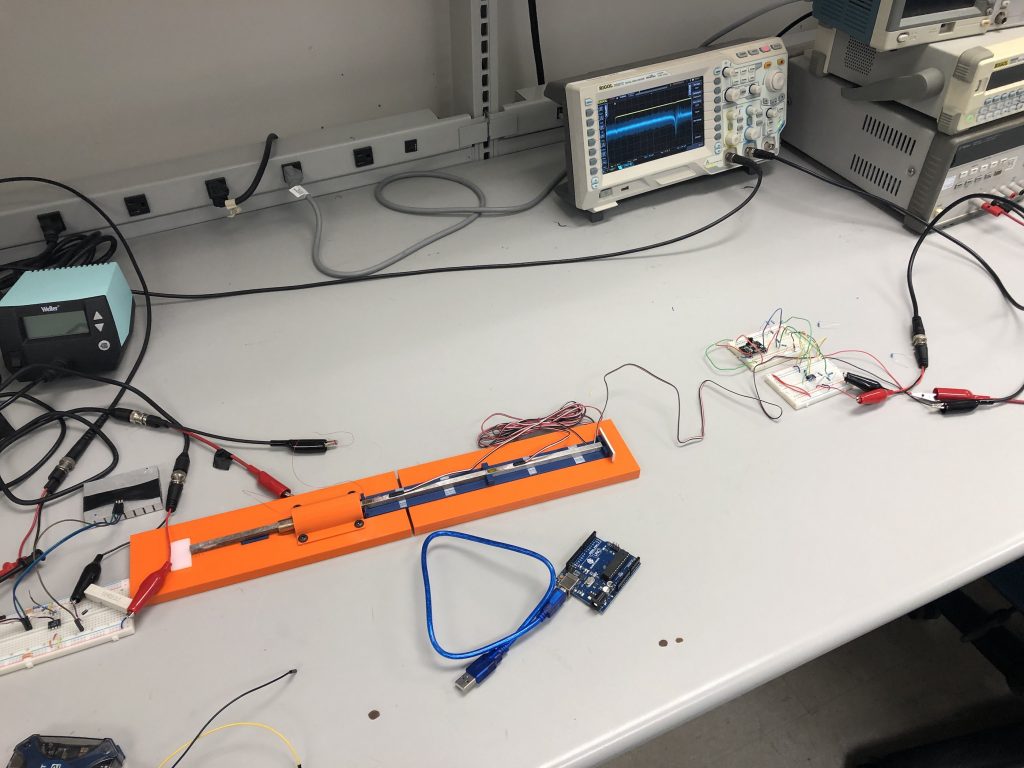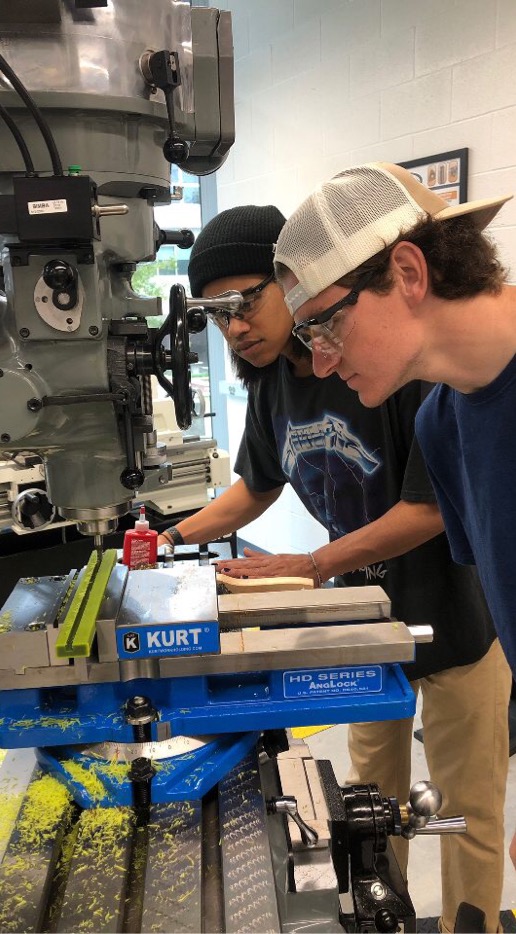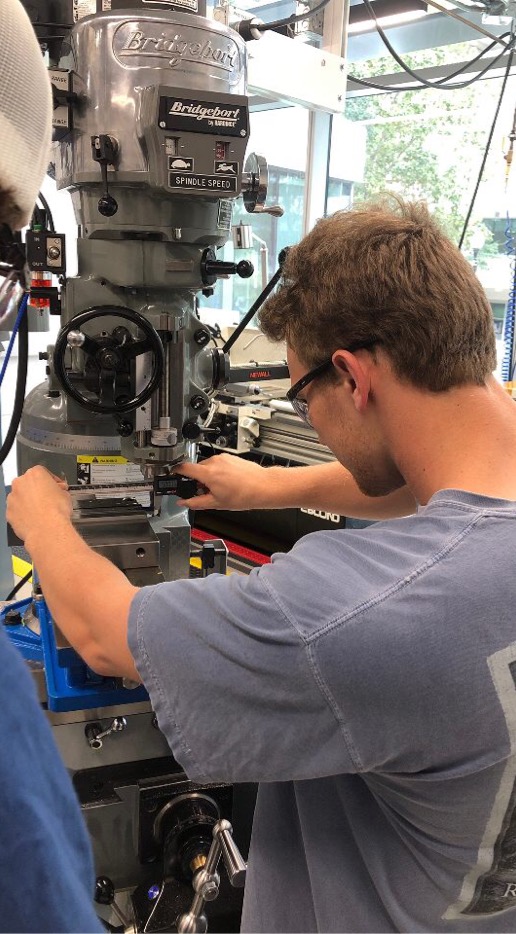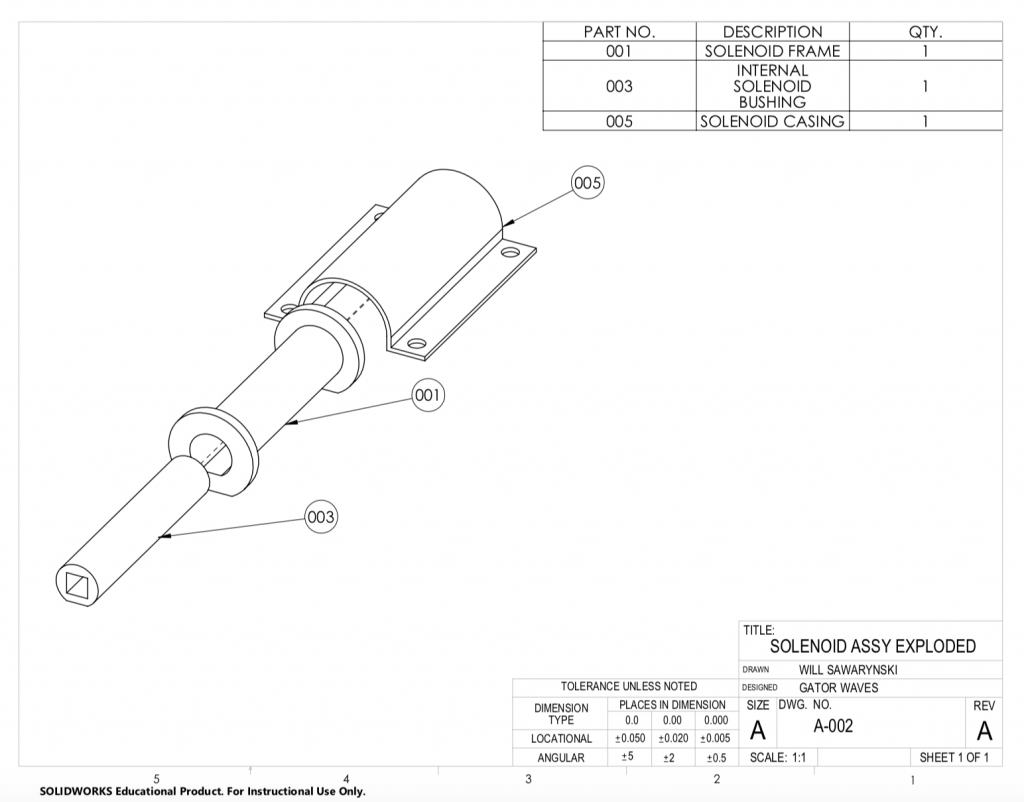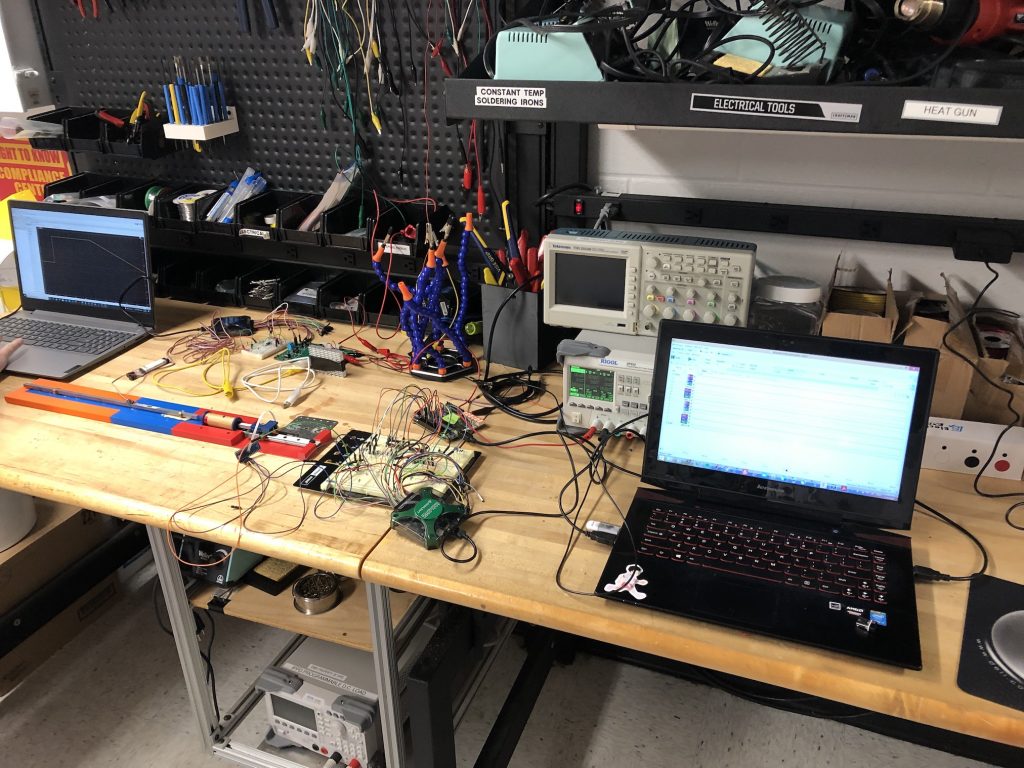
On Monday morning, our team met with Dr. Subhash to discuss the solenoid inductance measurements taken last week, some design changes based on the magnetization of the striker rods, and the takeaways from QRB1. On Wednesday, the incremental encoder was mounted onto the striker rod using the 3D printed fixture designed by Hunter and Marissa. The sensor was tested with the magnetic strip to ensure that the outputs were correct and there weren’t issues with the alignment.
On Thursday, the mechanical engineers updated the housing base with a newly printed portion. Also, the electrical engineers met up later in the day to test the incremental encoder with the FPGA and determine if the code works for reading out the position of the striker rod. The preliminary testing showed that it does in fact work, though adjustments will need to be made to the placement of the magnetic strip and the alignment of the sensor. Moving forward, focus will be placed on incorporating the new design elements to avoid the striker rod and incident bar being stuck due to magnetization. Also, development and testing of the controller code will continue.
